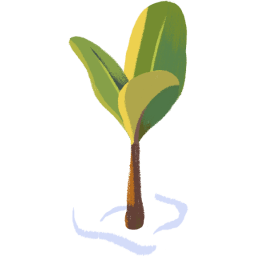While Violet Sage Walker has a degree in political science, equally important is her traditional education—an oral history passed down by her elders.
Violet is a Northern Chumash descendant of Avila Beach and San Luis Obispo County, California, and currently lives along the state’s rugged central coast. Bernie Sanders’s campaign inspired her to get involved in politics in 2016, joining a wave of progressive women who won seats across Northern California. Today, Violet is Northern Chumash Tribal Council vice chairwoman and a delegate for California’s Assembly District 35.
Against the current
Violet grew up in San Luis Obispo, where the nearby Santa Barbara oil spill in 1969 awakened many to the extreme threats the local ocean faced, she says.
Having been diving since the age of 12, Violet became a divemaster at age 18. One of her favorite places to dive is in the Channel Islands, where the Chumash traditionally lived. The islands are central to their origin stories and responsibility as caretakers.
Migrating animals, including humpback whales, come for warm water currents bringing fish and nutrients up from the deep.
Her family, in particular her father, was the applicant for the proposed 140-mile Chumash Heritage National Marine Sanctuary, which lies just north of the Channel Islands. Submerged Chumash villages and cultural heritage sites lie under the waters and along the shoreline. Currently, 14 national sanctuaries encompass more than 600,000 square miles of coastal and Great Lakes waters. And while that might sound like a lot, it’s only 18 percent protected, far short of the nation’s 30×30 goals. While the proposed Chumash Heritage National Marine Sanctuary has been on the National Oceanic and Atmospheric Administration (NOAA) nomination list since 2013, Violet is optimistic it will soon be granted—thanks to supporters like Vice President Kamala Harris, and Deb Haaland as a potential ally inside the Interior Department.
Fighting for a future
The Chumash people lived in central California for thousands of years. The population was afflicted by genocidal labor practices and disease introduced by the Spanish mission system, and U.S. government colonization and massacres. In 1850, the California government allowed the enslavement of Native children, and in 1856, issued a bounty on the scalp of any Indigenous person. The Chumash went into hiding, attempting to blend in.
At last, those tides are shifting. In 1976, the Chumash community built their first tomol, or Chumash plank canoe, in more than 100 years. It was called the Helek, or “peregrine falcon.” In 2001, ‘Elye’wun, (“swordfish”) was built, and the Northern Chumash came together to sing songs and paddled to the Channel Islands.
Today, Violet must negotiate institutionalized racism, willful denial of history, and anger from those who do not like the stands she and her family are taking to reclaim land. Some, such as real estate developers, contest her people’s fundamental rights, like practicing religion at sacred sites. Powerful oil and gas interests oppose the sanctuary designation.
It is tiring to constantly defend against an interrogation of oppressed people’s history and struggles.
Ecological justice must be interwoven with social justice, Violet notes. As an example, Violet points to the human trafficking and forced labor associated with large-scale international shipping and fishing industries.
But she sees hope in the future, including a shift in priorities on green and renewable energy. And she has faith in the younger generation, some of whom are learning to speak the Chumash language, tʔɨnɨsmuʔ tiłhinkʔtitʸu, which had disappeared for 100 years. In a way, she envies their freedom. “It was so much harder for us to come out as a Native person,” she says, remembering taunts and being asked how could she be Native if she owned a cell phone and lived in a house, not a tipi.























